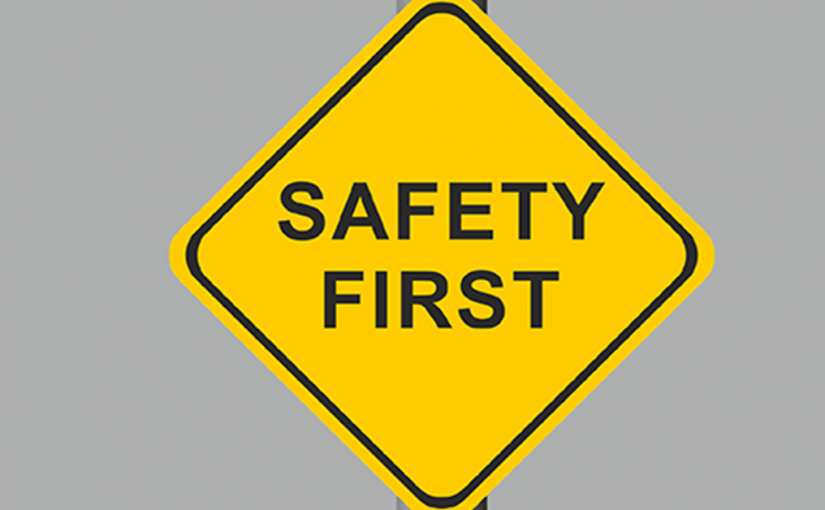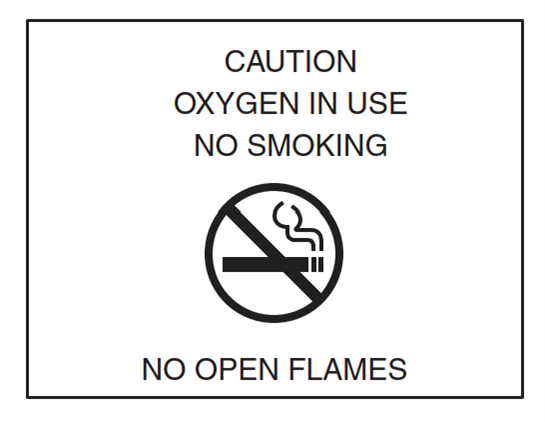The Occupational Safety and Health Administration (OSHA) this week released several proposed rules on the Federal Register. The proposed rules appear to have a direct impact on long term care and include the following:
- Federal Register: Occupational Exposure to COVID-19 in Healthcare Settings
- OSHA is proposing to remove OSHA’s COVID-19 Emergency Temporary Standard and its associated recordkeeping and reporting provisions from the Code of Federal Regulations.
-
- OSHA proposes to clarify its interpretation of the General Duty Clause, 29 U.S.C. 654(a)(1), to exclude from enforcement known hazards that are inherent and inseparable from the core nature of a professional activity or performance.
-
- OSHA is proposing to remove some medical evaluation requirements in the Respiratory Protection Rule for certain types of respirators. This proposed change would only impact filtering facepiece respirators and loose-fitting powered air-purifying respirators.
- Federal Register: Occupational Injury and Illness Recording and Reporting Requirements; Withdrawal – Effective July 1, 2025
-
- OSHA is withdrawing the proposal to amend the OSHA 300 Log by adding a column that employers would use to record work-related musculoskeletal disorders. Withdrawal of the proposal does not change any employer’s obligation to complete and retain occupational injury and illness records under OSHA’s regulations. Withdrawal of the proposal also does not change the recording criteria or definitions used for these records.






